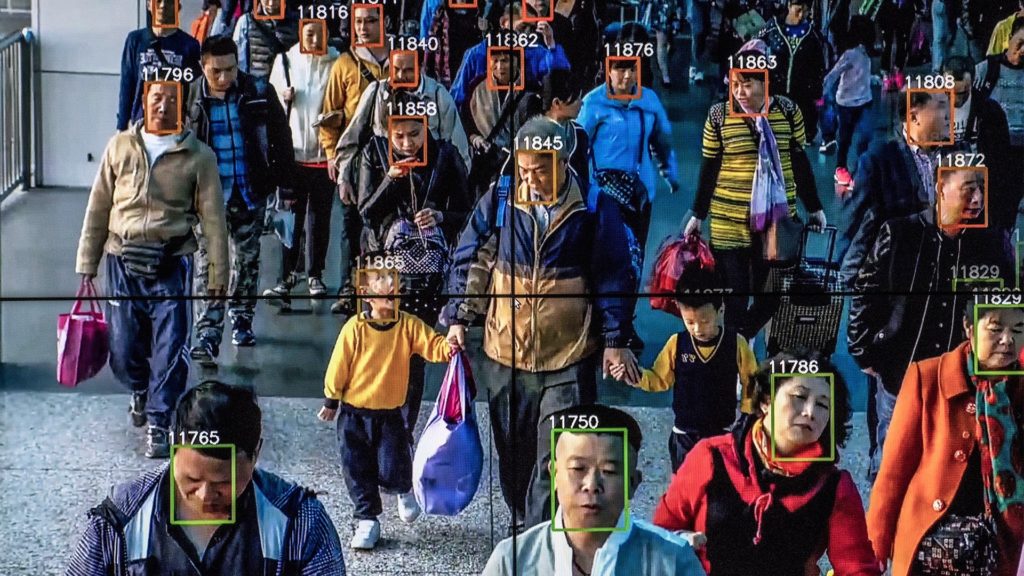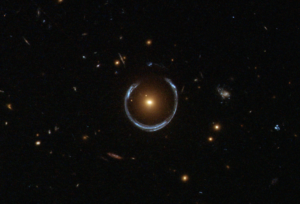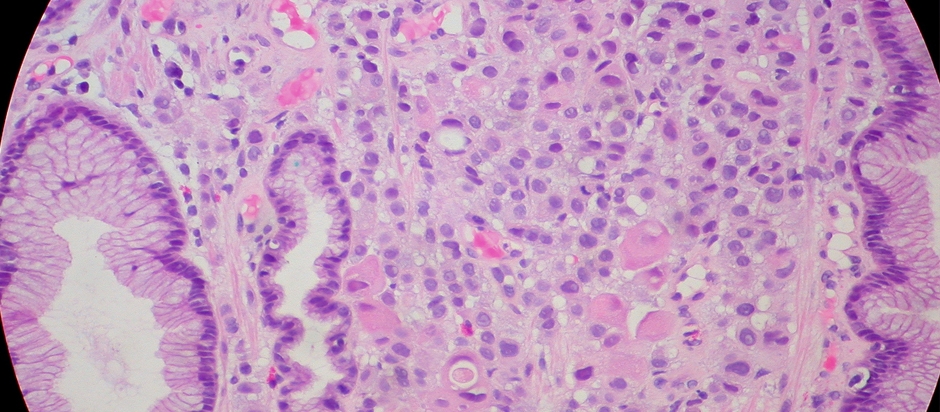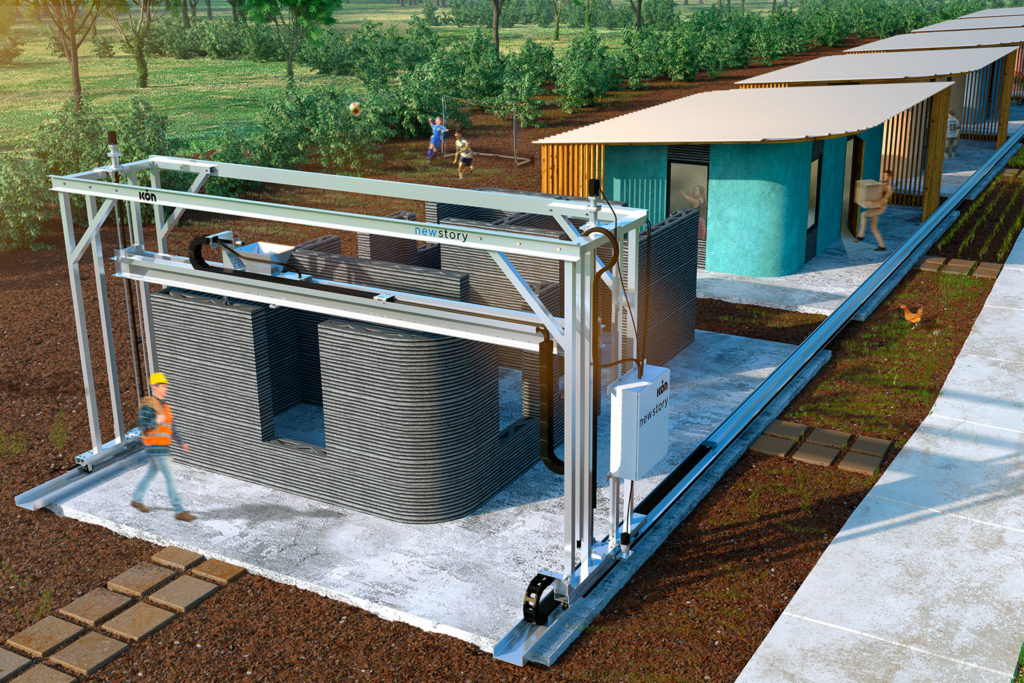Obtaining power and energy without damaging our planet is one of the most important problems of humanity. After all, if we keep on destroying the planet we live on by burning massive amounts of fossil fuels and emitting CO2 and Greenhouse Gasses, the entire climate will change, which might cause the extinction of all life on Earth. So how to effectively obtain energy and not put our future lives in danger?
The most obvious answer would be to use renewable energy sources. According to International Energy Agency renewable power capacity is set to expand by 50% between 2019 and 2024.
The most popular type of renewable energy is of course solar energy. Solar panels are relatively cheap to install, can be placed on roofs of most of the houses and don’t require much space or maintenance. Many countries in Europe cover the cost of installation of solar panels by their citizens, fully or partially.
Another great example is wind power, either offshore or onshore. Wind farms consist of many individual wind turbines, which turned by wind turn electrical generators and generate clean and sustainable energy. It is estimated that wind power will grow and become more popular with each year.
Hydropower or Hydroelectricity is renewable energy that has the greatest impact on global power supply. It provides over 16% of global electricity generation. The energy is provided by using falling or fast-flowing water to generate electricity. The main advantage of hydroelectric stations is that they are extremely cost-efficient and have long economic lives, with some plants being in service for over 70 years. They also generate barely any CO2 or Greenhouse Gasses. Unfortunately constructing hydroelectric power plant cause major damage to local ecosystem and increase local water evaporation.
However, renewable energy sources are not the only solution. Hydrogen fuel is a zero-emission fuel that is burned with oxygen to produce clean energy. It can be used in either fuel cells or internal combustion engines, which can reduce emission generated by commercial vehicles by up to 70%.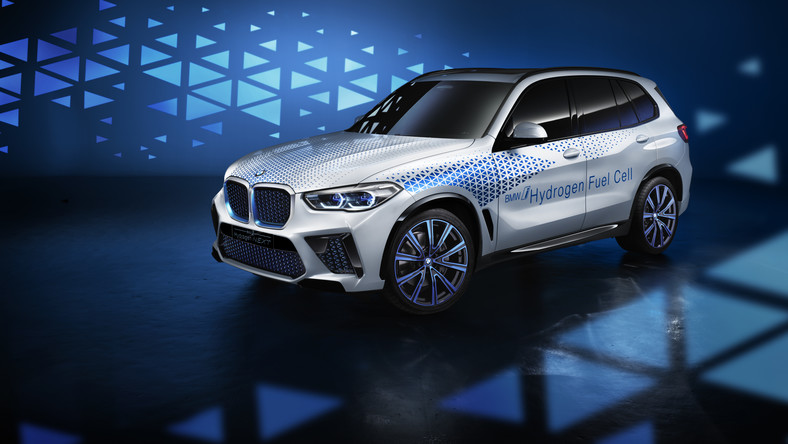
In conclusion, I believe that reducing the usage of fossil fuels is by far the best way to combat climate change. There are many alternatives that are as efficient, and with time, they will become cheaper and more accessible. However, to properly implement those changes great co-operation and involvement is required, which I believe is not possible right now. Hopefully further progress in this field of technology in the future will bring us closer to solving climate change problem, and it will be already to late.
References:
https://www.iea.org/reports/renewables-2019
https://en.wikipedia.org/wiki/Renewable_energy#Mainstream_technologies
https://en.wikipedia.org/wiki/Hydroelectricity#Low_cost/high_value_power


